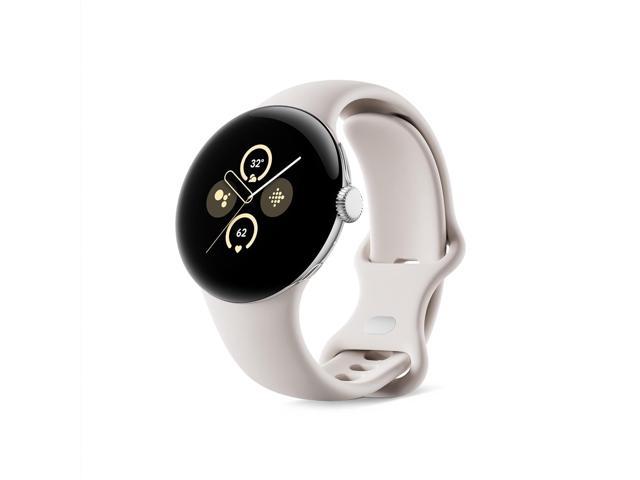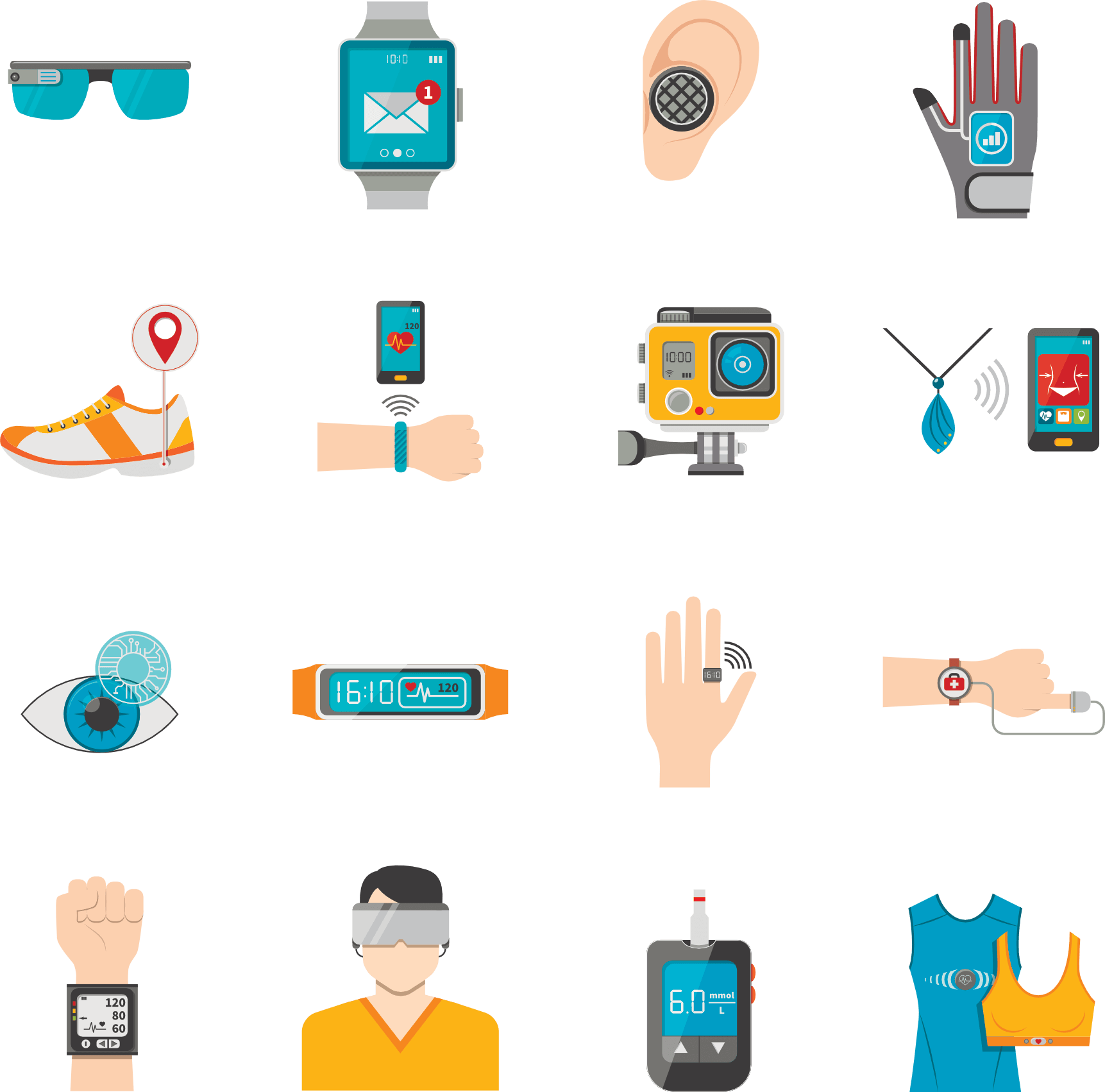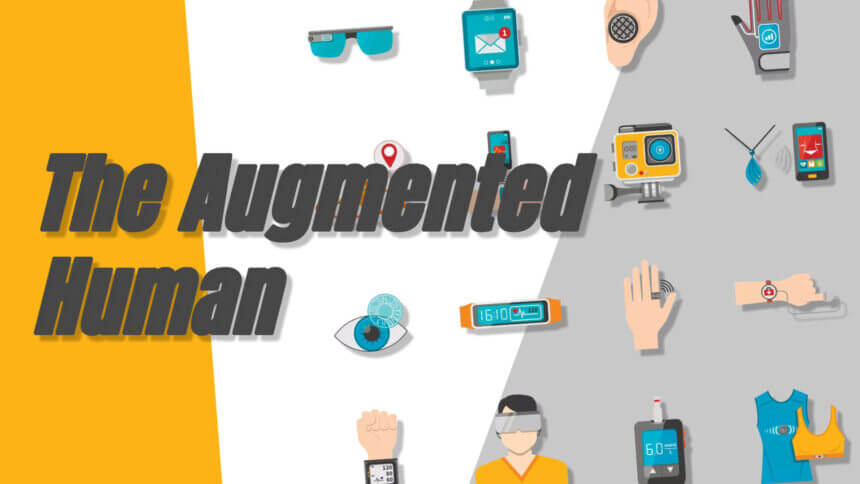Wearable technology has come a long way in recent years. From smartwatches that can measure our heart rates to augmented reality glasses that display maps and data directly in our field of vision, these devices are becoming increasingly sophisticated. In this article, we will explore some of the most exciting innovations happening in the wearables space and look at what the future might hold for these revolutionary gadgets.
Key Wearable Technology Trends in 2023 and beyond
Artificial Intelligence and Machine Learning
One of the biggest trends in wearables is the incorporation of artificial intelligence (AI) and machine learning. These advanced algorithms allow wearables to provide deeper insights, personalized recommendations, and predictive capabilities based on the data they collect. For example, a smartwatch with AI could analyze your exercise patterns and heart rate variability to recommend personalized workouts and predict potential overtraining.


Expanded sensory capabilities
Wearables are gaining more advanced sensors to collect a wider array of biomarkers. Next-generation wearables will monitor new biometrics like blood oxygenation, UV exposure, and hydration levels. Multisensory integration allows these devices to paint a more holistic picture of the user’s health and environment.
Seamless Connectivity
The rollout of 5G networks enables faster transmission of data from wearables in real time. This improved connectivity facilitates telemedicine and remote patient monitoring. Doctors can receive patient vitals instantly and intervene promptly if required.
Edge Computing
To process data swiftly without relying on the cloud, wearables are beginning to incorporate edge computing. This allows data to be analyzed on the device itself for quick insights and recommendations. Edge computing enhances responsiveness and protects user privacy.


Human-Machine Interfaces
Wearables are implementing more intuitive interfaces via gestures, haptics, bone conduction, and brain-computer interfaces. Users can now control devices and access information through taps, swipes, voice commands, and even thought. This hands-free, heads-up interaction boosts convenience.
Miniaturization
Hardware components like batteries and circuits are shrinking, allowing for smaller, sleeker form factors. Discreet wearables that are indistinguishable from regular accessories or clothing lower barriers to adoption. These inconspicuous devices slot seamlessly into users’ lifestyles.


The Road Ahead
Looking ahead, wearables will become increasingly personalized, predictive, and ambient. Here are some exciting possibilities:
- Bespoke wearables custom-fitted to each user’s physiology with biometrics monitored 24/7
- Immersive extended reality overlays via augmented reality glasses
- Wearables capable of diagnosing and treating illnesses autonomously
- Neural lace technology that allows brain-computer interfacing for speedier controls
- Energy-harvesting wearables powered by the user’s movement and body heat
- Smart clothing and accessories that transform based on biometrics and environmental stimuli
- Ubiquitous, ambient computing where wearables and environments connect intelligently
The wearables of the future will transform from single-function gadgets to intelligent assistants fused with our surroundings. As these devices become more integrated into our lives, they promise exciting new possibilities while raising important concerns about ethics and privacy. Overall, the future looks bright for wearable technology as it strives to augment human capabilities through ever more innovative applications.
![Apple Watch Series 9 [GPS 45mm] Smartwatch with Midnight Aluminum Case with Midnight Sport Band M/L. Fitness Tracker, Blood Oxygen & ECG Apps, Always-On Retina Display](https://m.media-amazon.com/images/I/71aXGgNCE9L._SS520_.jpg)
![Apple Watch Series 9 [GPS 45mm] Smartwatch with Midnight Aluminum Case with Midnight Sport Band M/L. Fitness Tracker, Blood Oxygen & ECG Apps, Always-On Retina Display](https://m.media-amazon.com/images/I/71aXGgNCE9L._SS520_.jpg)
Summary
- Wearable technology is advancing rapidly, driven by innovations in AI, sensors, connectivity, interfaces, and nanotechnology.
- Key trends include artificial intelligence, expanded sensory capabilities, seamless connectivity, edge computing, natural user interfaces, and miniaturization.
- Future wearables will be highly personalized, predictive, discreet, and ambient, assisting humans in revolutionary new ways.
- There are exciting possibilities ahead, like real-time telemedicine, immersive AR overlays, and brain-computer interfacing.
- However, realizing the promise of wearables requires responsible innovation and wise policies around privacy.
- If ethically developed, wearables could profoundly augment human abilities and transform our interactions with technology.
Final thoughts and remarks
Wearable technology has evolved tremendously, from basic step trackers to sophisticated mini-computers worn on our bodies. Powered by advances in sensors, connectivity, interfaces, AI, and nanotechnology, wearables are becoming more capable, intuitive, and ambient. In the future, these devices promise to provide users with superhuman abilities, preemptive healthcare, and seamless interactions with smart environments. However, realizing the full potential of wearables in an ethical manner will require wise policymaking and responsible innovation. If these challenges are met, wearable technology can usher in an exciting new era of human augmentation.
Keep up with the latest wearable technology innovations by subscribing to our newsletter. Be the first to know about new product releases, developments, and insights. Sign up today to take advantage of exclusive offers and content for subscribers.








